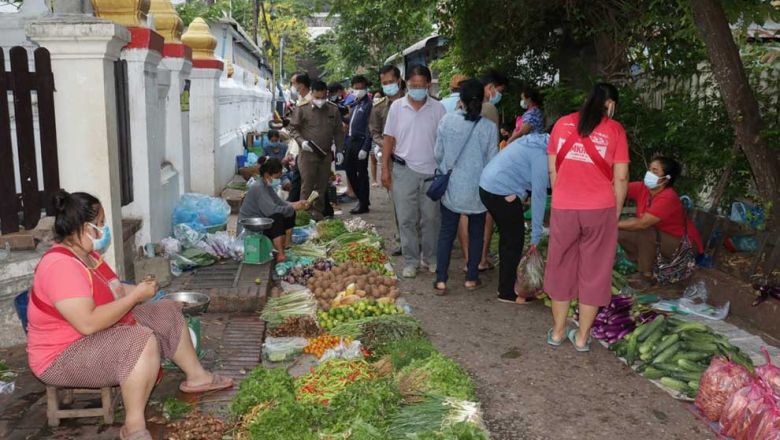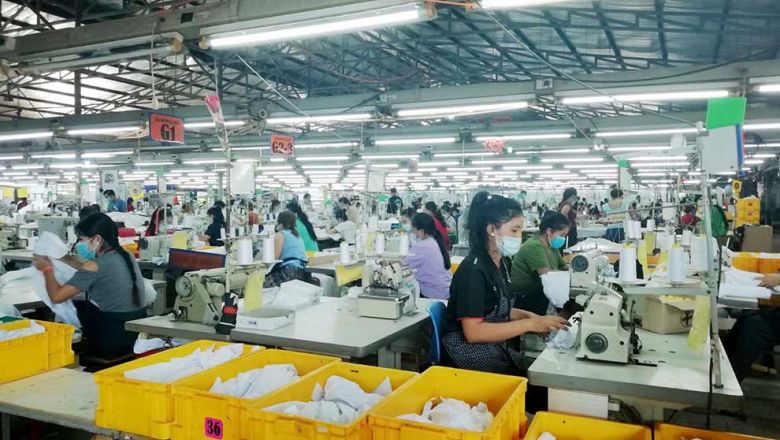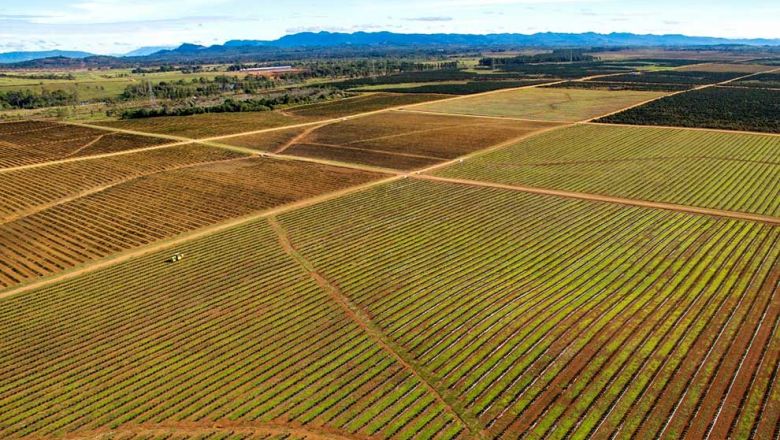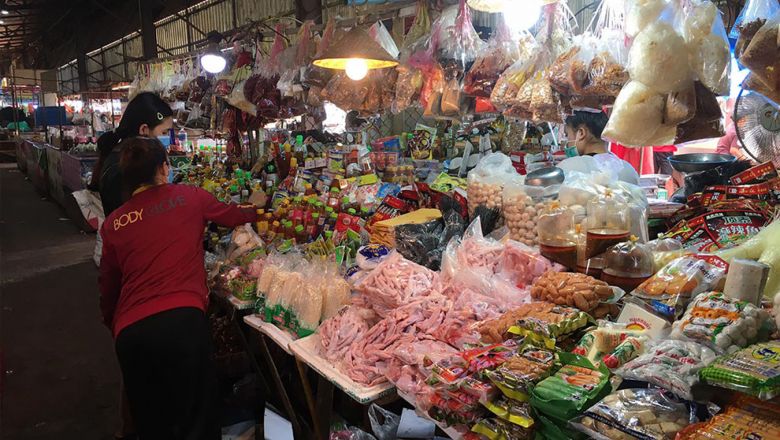Rubber growers struggle to find markets
Rubber growers struggle to find markets
Small-scale rubber growers are struggling to find markets for their products and are unable to benefit from the recent rise in the rubber price, so they are calling on the government for assistance.
A resident of Nongbouadeng village in Houn district, Oudomxay province, raised the issue through the National Assembly's hotline recently when members convened for the ordinary session. The caller urged the relevant sector s to help locate markets for rubber products.
Deputy Minister of Industry and Commerce, Mr Bounmy Manivong, admitted that farmers had suffered from a drop in the price of rubber on the world market over the past two years.
He addressed a press conference held recently at the National Assembly in response to the issue, but said the price of rubber had risen this y ear compared to last.
However, in April and May rubber was selling for 6,000 to 7,000 kip per kilogram but has now dropped to 4,500-5,000 kip, an increase of just 3,000 kip per kilogram over last year.
The deputy minister said there could be two reasons why farmers could not find markets, pointing out that rubber might not have been harvested at a time when buyers were ready.
Another possible reason, he observed, could be that farmers did not know where or to whom they should sell their rubber.
Mr Bounmy suggested that growers who could not sell their products should go to district or provincial departments of industry and commerc e so the authorities could introduce them to Chinese buyers in the north.
Chinese investors were operating rubber processing plants in Oudomxay and neighbouring Luang Namtha province, he said.
But authorities in Luang Namtha province, one of the main rubber growing provinces, said the Chinese government had approved only a small import quota, which limited the export of rubber from Laos. Only 2,000-3,000 tonnes of rubber from Luang Namtha is accepted for export to China annually.
The authorities have been struggling to find markets for small-scale rubber growers in recent years with many farmers suffering from oversupply and a slump in the global market price.
A respected Lao researcher, Dr Palikone Thalongsengchanh, told Vientiane Times recently that growers who planted just a few hectares on their farms and had limited financial resources would suffer most from the oversupply of rubber and the drop in price.
Companies and investors who planted a large number of rubber trees would not feel the impact to the same extent as they operate with a view to the long term. They are more likely to survive the slump in price as they have sufficient capital to tide them over a temporary downward slide. They also have more markets available to them, Dr Palikone said.
Unable to sell their rubber, many farmers have cut down their trees and planted other crops instead, while a large number have vow ed to sell their rubber farms as they have failed to make a profit after the rubber was tapped.


















